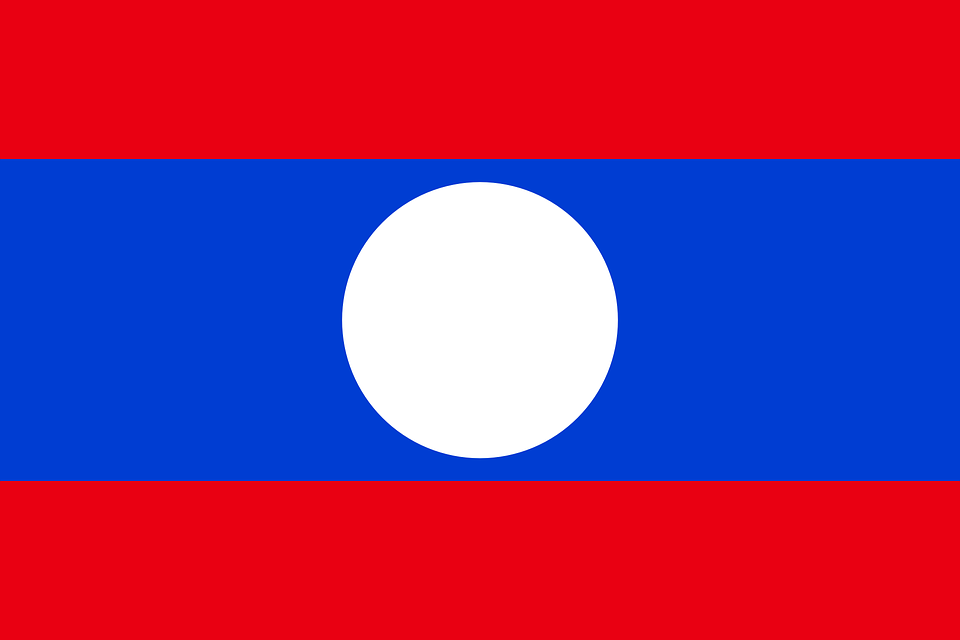The consequences of a Brexit on trademarks and patents

Whilst we are currently witnessing a harmonization of European patents and trademarks, a Brexit would have a significant impact on intellectual property law in Europe. If ever there were to be a “Brexit”, both British and European intellectual property title holders would suffer alike.
What are the implications for trademark owners?
The new EU Regulation No 2015/2424 regarding Community trade marks, which entered into force on March 23rd this year, brought about certain amendments; in particular, it changed the term “Community trade mark” to “European Union trade mark”. The European Union trademark, the only one of its kind in existence for the protection or trademarks across 28 member States of the European Union, will be significantly affected if a Brexit were to occur. In fact, the Regulation will no longer have any legal effect in the United kingdom.
The current holders of European Union trademarks would lose their rights to a trademark in the United Kingdom. Entities wishing to register a European Union trademark would not benefit from the automatic protection of their trademark in the United Kingdom. Consequently, they would need to file two trademark applications: one for the European Union trademark before the EUIPO and a specific application in the United Kingdom before the IPO. An application therefore may be a domestic one but can also be made on the basis of an international trademark.
In order to appease potential case law divergence, Council Regulation (EC) No 40/94 of 20 December 1993 on the Community trademark (CTM), imposed an obligation on each Member State to designate courts at both first and second instance who would have jurisdiction in cases of community trademark infringement. In the event of aBrexit, the European Union trademark courts in Britain would no longer have that jurisdiction.
What are the consequences for patents?
On the one hand, if Britain were to eventually leave the EU, the European patent with unitary effect would no longer apply to the United Kingdom given that one of the conditions of the effect, is to be a Member State.
Despite this, there are two possible scenarios for the Unified Patent Court (UPC) if the British vote in favor of a Brexit. The first, is the setting up of the UPC without the United Kingdom being part of it. The second and less likely scenario, is that the United Kingdom’s exit from the European Union in turn, prevents the implementation of the JUB.
For the UPC to be set up, the agreement signed by 25 countries had to be ratified by at least 13 countries and mandatorily by France, Germany and the United Kingdom. Italy would therefore replace the United Kingdom since it is the country with the highest number of valid European patents in 2012 after Germany, France and the United Kingdom. An addendum to the agreement will therefore be required. Even where the United Kingdom did leave the EU, it is unlikely that this would prevent the setting up of the UPC: rather, its entry into force would be simply delayed throughout the EU.
What are the consequences for trademark and patent licenses?
The jurisdiction covered by licenses for intellectual property rights will also be affected if the United Kingdom leaves the EU. This is an issue of contract interpretation. Parties should ensure that licenses still cover the same territory and thus include the United Kingdom. This also applies to co-existence or franchise agreements.
A change to the principle of the exhaustion of rights
Moreover, we must not forget that if the United Kingdom leaves the EU, the scope of the exhaustion rule would also be amended. According to the exhaustion doctrine, goods can freely move across the territory of the EU or the EEA after an initial trading in the market made by the rights holder or with his consent. Consequently, the owner of a trademark or patent would not be able to oppose the use of any patent or trademark for goods which have been traded for the first time in the EU or EEA with his consent. If the UK were to leave the EU as well as the EEA, trademark and patent owners could prohibit the export of UK goods to Europe and vice versa.
Transitional Mechanisms for European trademarks
In order to ensure the protection of existing EU trademarks, the implementation of transitional mechanisms is essential. In light of the uncertain legal consequences, certain companies will register trademarks both on a domestic and European level so as to ensure maximum protection.
At present, it is possible to convert the registration of a European trademark to a domestic one (Articles 112-114 of Council Regulation (EC) No 207/2009) but the above requires a reconsideration of the application process and payment of taxes.
Additional legal consequences
Other legal consequences, going beyond intellectual property can be expected.
By leaving the European Union, the United Kingdom would no longer have a representative in the European Parliament nor in the European Council, and there would no longer be a British judge in the Court of Justice of the European Union (CJEU). EU legislation and the CJEU’s cases would inevitably be affected by a Brexit.
While this is an extreme scenario, alternative arrangements can of course be considered, such as the negotiation of special arrangements through the European Economic Area (EEA), the European Free Trade Association (EFTA) or the World Trade Organisation (WTO).


















